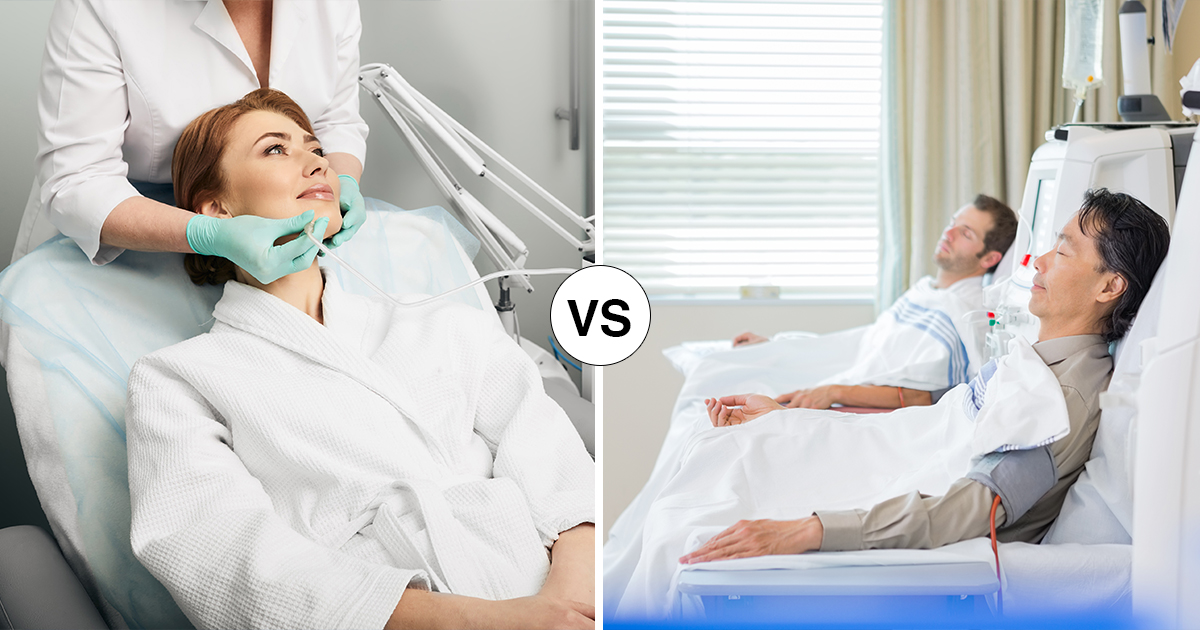
October 24, 2025; By Benjamin Kosubevsky
Ozone therapy has become increasingly popular in integrative medicine for its potential to support circulation, immune balance, and detoxification. While many people are familiar with ozone IVs (also known as Major Autohemotherapy), a more advanced option known as EBOO, EB02, or EBOOST is now available at The Longevity Center FL.
Both therapies involve the use of ozone, but they differ in scope, technique, and depth of action. If you are exploring which approach may be better suited to your wellness goals, understanding the differences between ozone IVs and EBOO can help guide your decision.
Ozone IVs, or Major Autohemotherapy, are one of the most widely practiced forms of ozone IV therapy. In this process, a small amount of blood is drawn, mixed with a carefully measured amount of ozone, and then reinfused into the bloodstream.
The entire procedure usually takes 30 to 45 minutes. Many people seek ozone IVs for general immune support, wellness enhancement, or as part of a broader integrative treatment plan.
EBOO stands for Extracorporeal Blood Oxygenation and Ozonation, sometimes referred to as ozone dialysis. At The Longevity Center FL, the procedure is offered through a refined system known as EBOOST or EBOO IV Therapy.
Unlike ozone IVs, which treat a smaller sample of blood at a time, EBOOST involves circulating a larger portion of blood outside the body through a specialized device. The process includes multiple steps:
The entire process takes 60 to 90 minutes, during which clients typically relax comfortably.
While both therapies use ozone, the scope of treatment and potential benefits can vary:
For many people, the main reason to choose ozone IVs over EBOO is cost. Across the country, EBOO sessions often range from $1,200 to $1,750, making them inaccessible for many. At The Longevity Center FL, we’ve worked to change that by offering EBOOST for just $830 per session, making comprehensive care more affordable without compromising quality.
EBOO (also known as EB02) may be best suited for individuals seeking a more intensive approach to ozone therapy. Some people turn to EBOOST for support in areas such as:
Because of its more comprehensive nature, EBOOST is recommended for those looking to go beyond the effects of standard ozone IVs.
Both traditional ozone IV therapy and EBOO offer unique ways to integrate oxygen and ozone into a wellness plan. While ozone IVs are simple, efficient, and widely used, EBOOST expands on this foundation by adding filtration, UV/UBI light therapy, and the treatment of a larger volume of blood.
If you are curious about which option might be right for you, the team at The Longevity Center FL can help you explore your choices and develop a personalized plan.
Learn more about ozone IVs and EBOOST by visiting www.thelcfl.com and scheduling a consultation today.